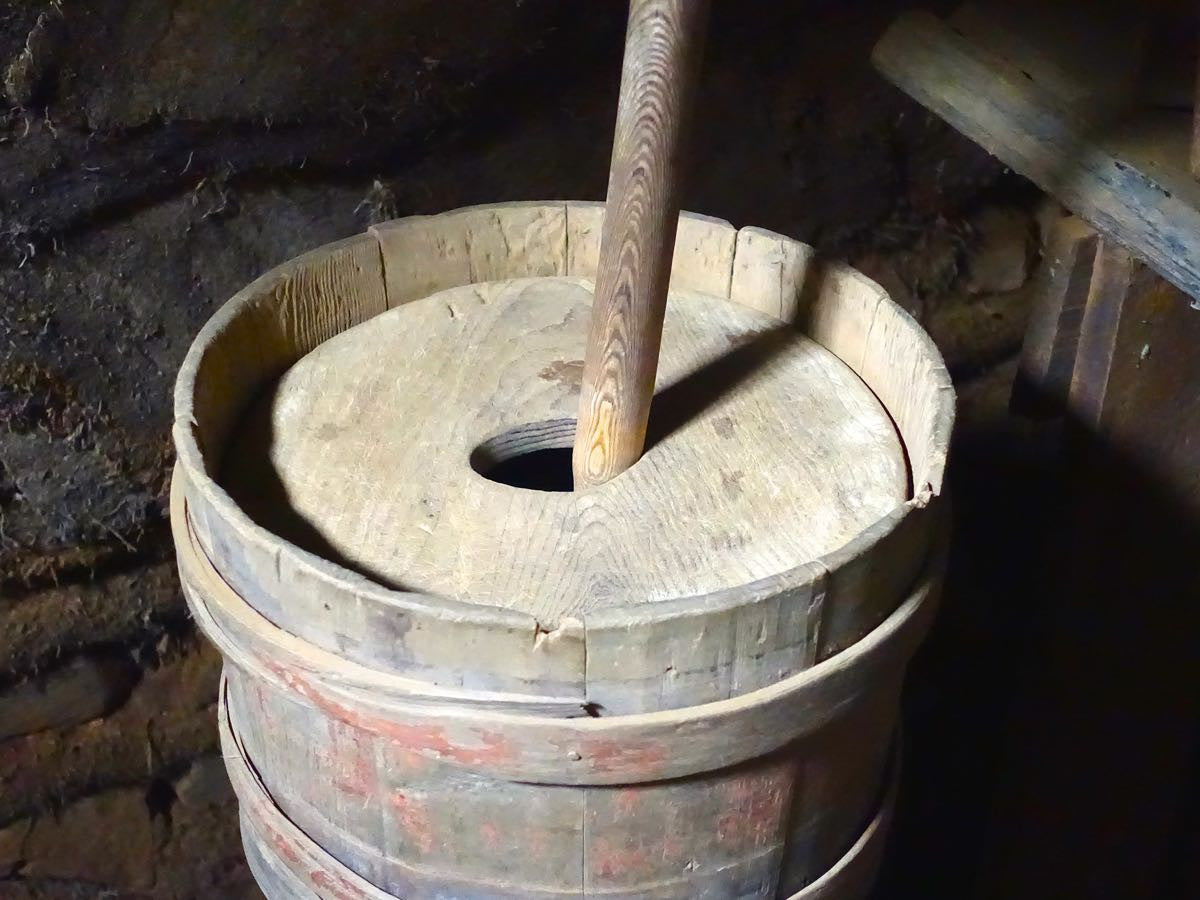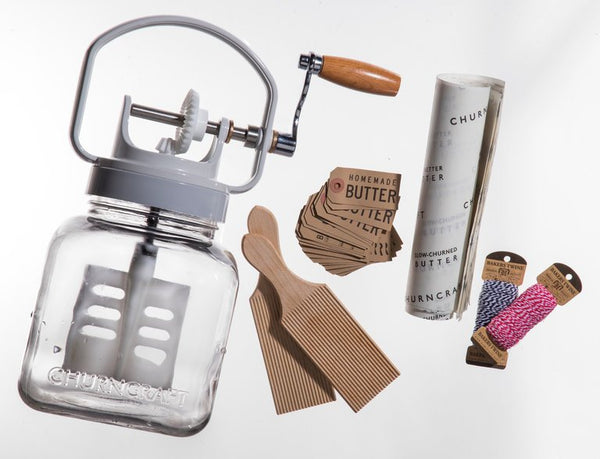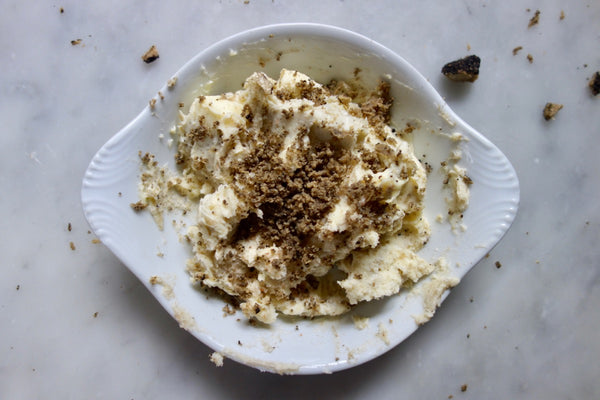Your Cart is Empty

The absolute classic in butter churning is the dash churn. The dash churn was the primary method of churning butter for centuries, until it was slowly made obsolete by the advent of hand-crank churns equipped with gears. Images of dash churns can be found everywhere from medieval manuscripts to the countless depictions of Baby Krishna stealing butter.
Dash churns come in all shapes and sizes. These churns run the gamut from all manner of earthenware jars with detailed imagery to old barrels painted in a wide variety of colors. You can even find some made from simple hollowed out logs.
Today, the dash churn is still used in Tibet and Nepal to make yak butter, often to be used in yak butter tea. The traditional butter tea churns are beautifully crafted wooden containers with a tall, narrow silhouette and often feature elaborate metal banding. In rural India, you can find a variation on the dash churn where the dasher is loosely attached to an upright post by loops of string. Another piece of string is twisted around the dasher in between these loops. The person churning then pulls back and forth on the string causing the dasher to spin around inside the container.
In the United States today, dash churns are predominantly found in museums or antique shops. They are an important part of our agricultural heritage, and you can often see butter churning demonstrations at living history museums like Old Sturbridge Village in Massachusetts or Williamsburg, Virginia.
On that rare occasion, you can even find the dash churn being featured in international singing competitions. Poland’s entry for this past year’s Eurovision contest highlighted a buxom lady churning butter. Though some may question whether or not butter was actually being made on that stage, the dash churn itself was indisputably featured front and center.
Comments will be approved before showing up.


What an honor to be featured in The New York Times! We are so proud to have gotten a stamp of approval from Florence Fabricant, food critic of the NYT.
